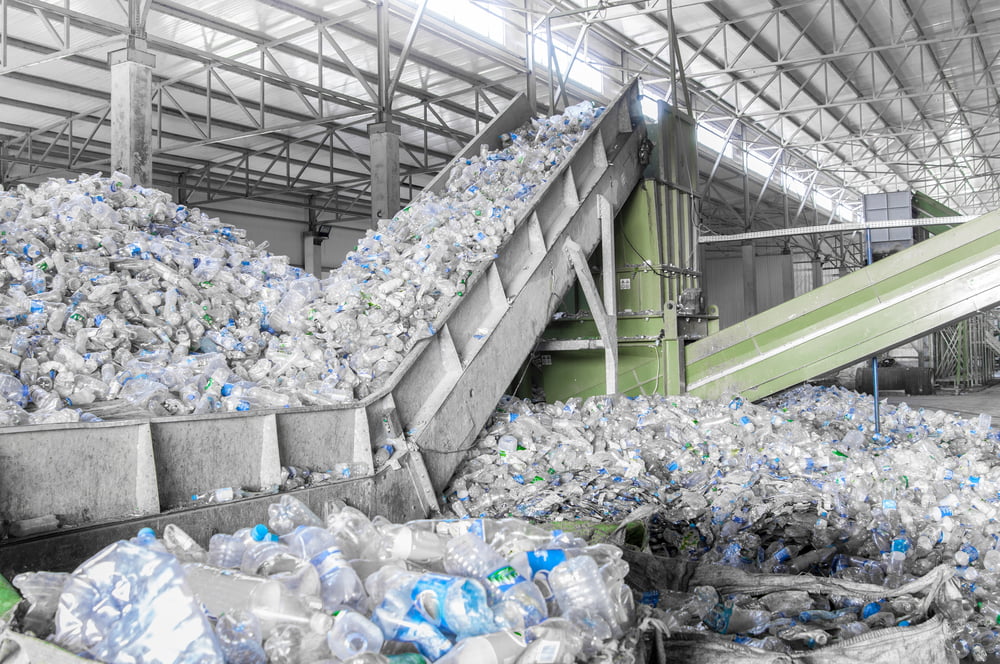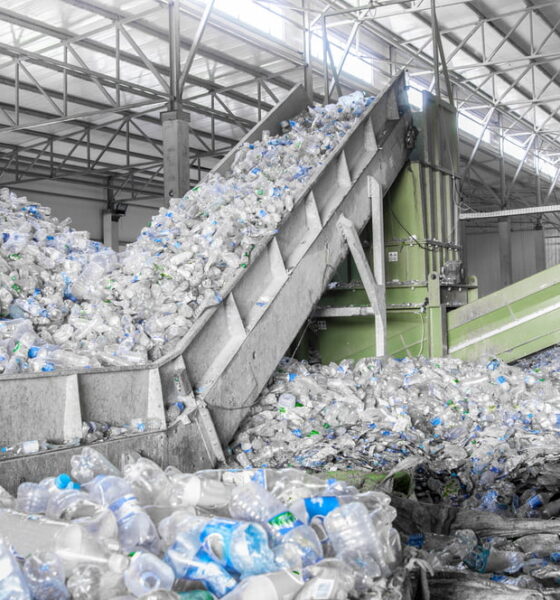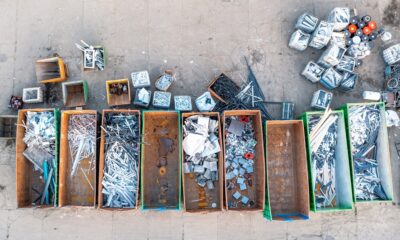

Environment
What Is Plastic Equipment and How Does the Process of Recycling Work?
The manufacturing industry utilizes lots of different machinery to create parts and products, including equipment that makes items out of plastic.
Plastic equipment includes a variety of machines and tools, including grinders, thermoforming equipment, twin-screw extruders, blow molders, and injection molders.
We’ll look at some of those in more detail later, but first off, let’s examine how the process of recycling plastic machinery works.
Recycling Options for Plastic Equipment
Different plastic equipment has different components and materials, but most plastic equipment can be scrapped or recycled.
Recycling centers and scrap yards accept a wide range of plastic equipment and other industrial machinery.
It is, of course, much better for the environment to recycle machines or machine parts than to dump them in landfills or leave them rusting at the back of your facility.
However, if your plastic equipment is still in good working order or can be reconditioned to function correctly, it’s better if the equipment continues to be used.
Selling your used plastic equipment not only ensures the machinery has a long life. It also allows you to make more money than scrapping or recycling the machinery.
You could sell your industrial equipment directly to a buyer or via an auction. But partnering with a third-party company is usually the best option.
For instance, when you sell yours on Revelation Machinery, all the hard work of selling is taken off your shoulders and you’ll be able to sell your equipment faster than with other routes.
Popular Types of Plastic Equipment
Plastic winders, plastic pelletizers, sheet lines, and even recycling equipment, are just some of the types of plastic equipment used in the manufacturing industry.
Let’s take a more detailed look at three of the most popular types of plastic equipment: twin-screw extruders, injection molders, and blow molders.
Twin Screw Extruders
This machine is used for the process of plastic extrusion when two or more elements are mixed. The process is most commonly used to extrude reactive polymeric materials, especially rigid PVC blends.
Using a twin-screw extruder involves rotating two screws with or against one another while using special mixing features like forward and reverse capabilities and a kneading block.
Injection Molders
Injection molders are used to produce parts in large volumes. The process involves injecting molten materials, such as a variety of plastics, into molds, in order to make identical items.
Thermoplastics and thermosetting polymers are most commonly used with injection molders, but the equipment can also handle other materials like elastomers, confections, glass, and metal.
Blow Molders
Blow molders are used to form and join hollow plastic parts. It’s commonly used to produce bottles, but all kinds of hollow shapes can be made with the use of a blow molder.
Blow molding can consist of extrusion blow molding, injection blow molding, and injection stretch blow molding.
Whichever method is used, a blow molder works by heating and softening the plastic before forming it into a parison or preform. The parison or preform is then clamped into a mold. Air is blown into the mold.
The air pressure then pushes the plastic out in order to match the shape of the mold. After the plastic has hardened and cooled, the mold can be opened, and the part ejected.
The Bottom Line
While the production of plastic is starting to decline due to environmental factors, plastic is still a much-needed material for many important industries, such as the construction sector and the medical industry.
Therefore, plastic equipment is still widely used by manufacturers at present.
Thankfully, used industrial plastic equipment doesn’t have to end up in a landfill.
If you have plastic equipment you no longer need, you have the option of selling it or recycling it at a local scrap yard or recycling center.


 Environment10 months ago
Environment10 months agoAre Polymer Banknotes: an Eco-Friendly Trend or a Groundswell?

 Environment11 months ago
Environment11 months agoEco-Friendly Home Improvements: Top 7 Upgrades for 2025

 Features9 months ago
Features9 months agoEco-Friendly Cryptocurrencies: Sustainable Investment Choices

 Features10 months ago
Features10 months agoEco-Friendly Crypto Traders Must Find the Right Exchange





























